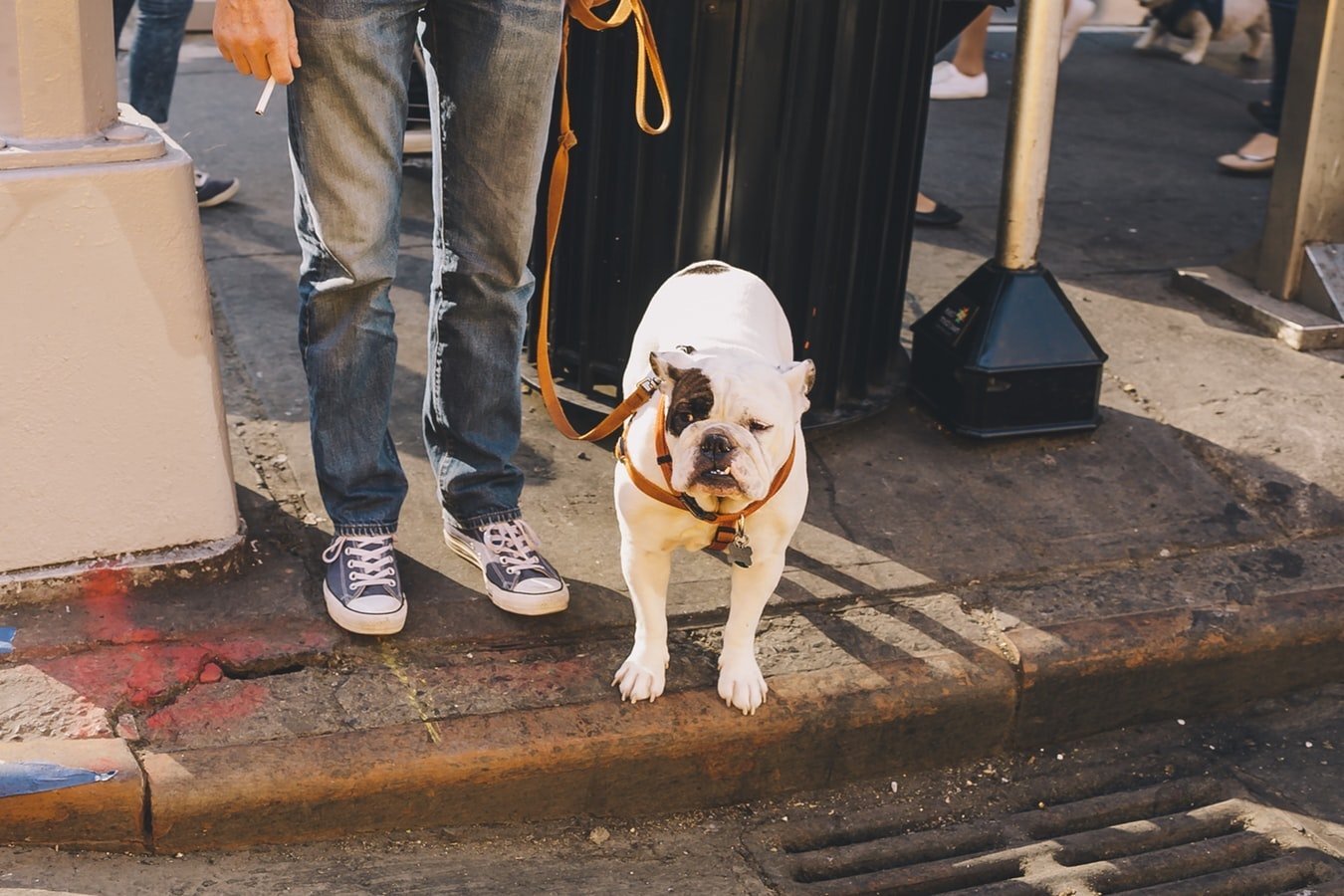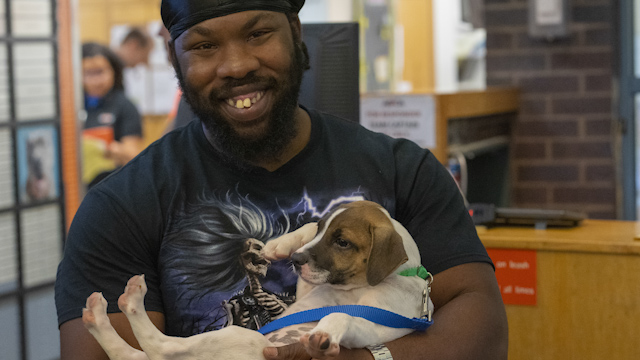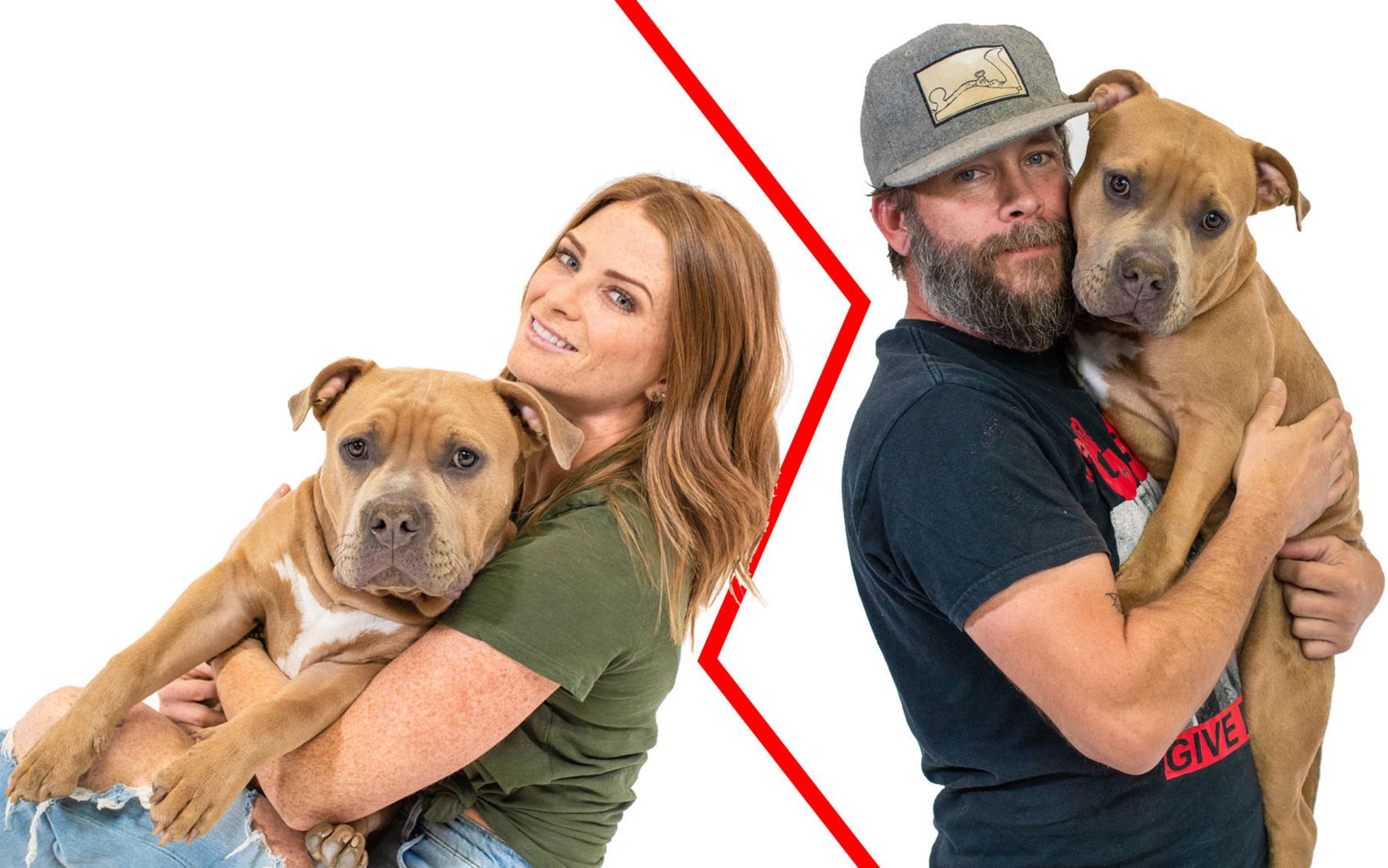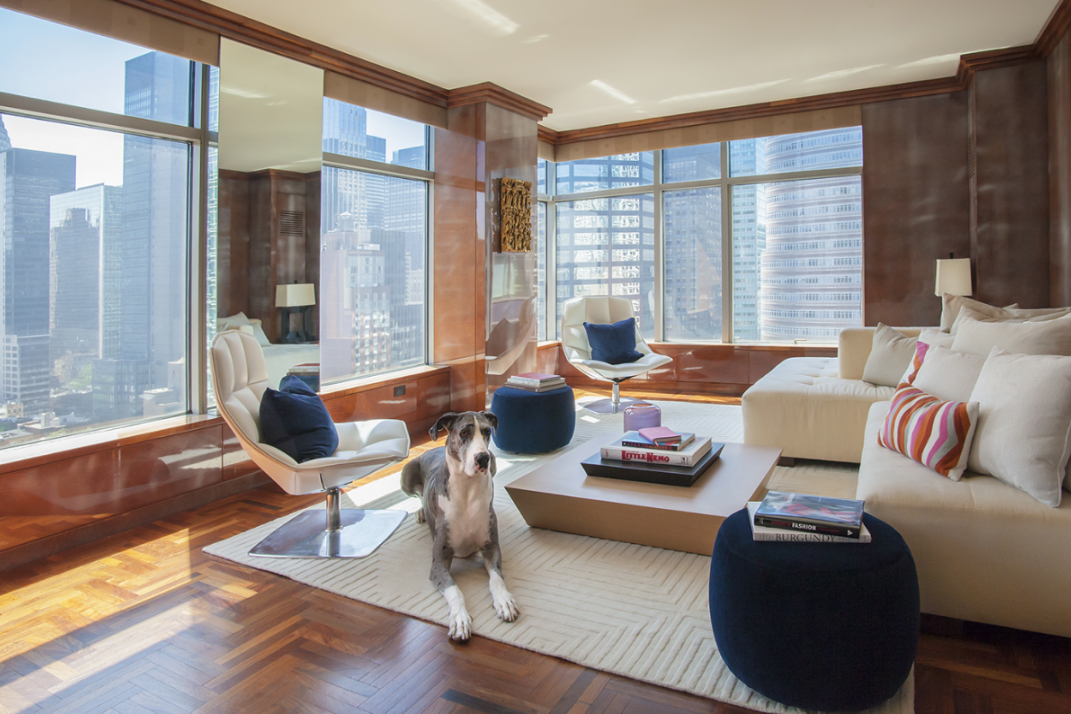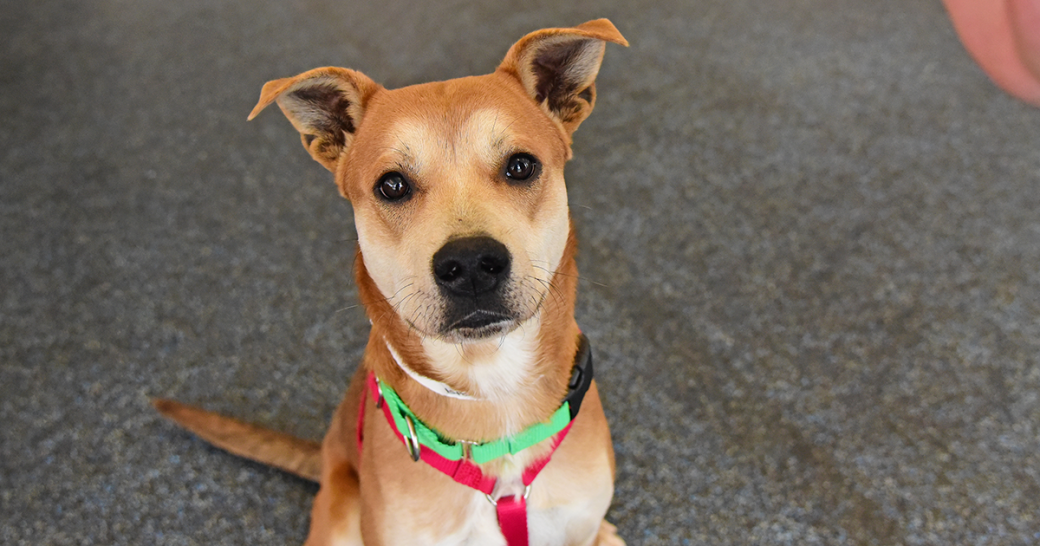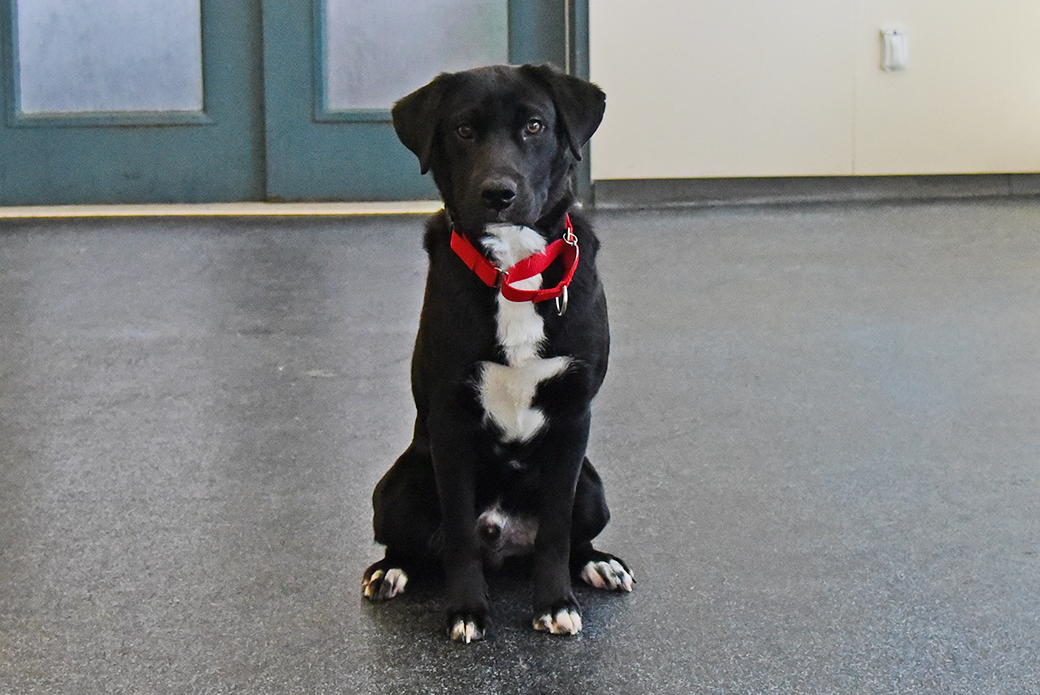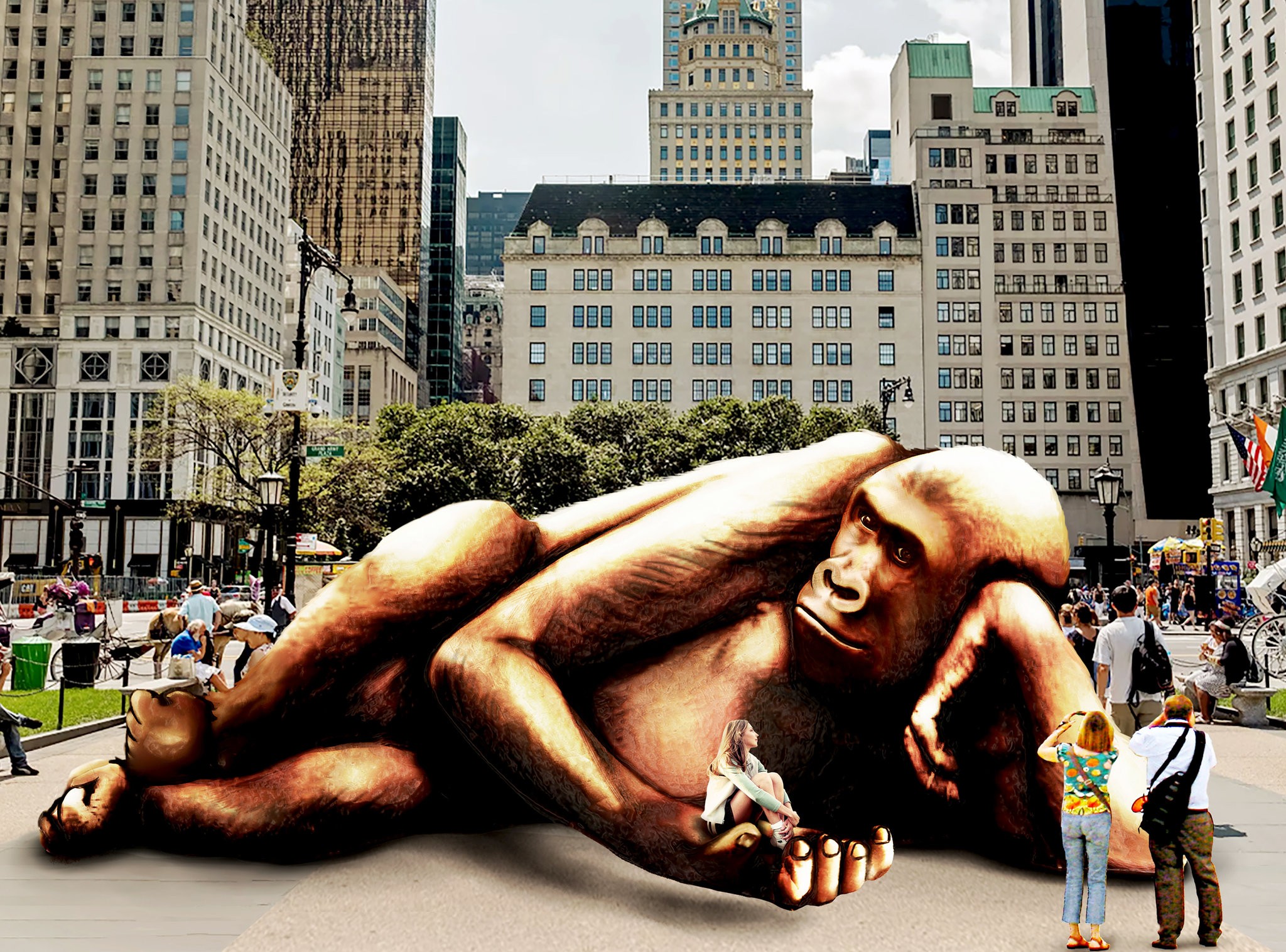By Sarah Polus The Washington Post
"Legally Blonde" fans remember the scene where Reese Witherspoon's character Elle Woods, a Harvard Law student, helps reunite her manicurist friend Paulette Belafonte (played by Jennifer Coolidge) with her bulldog, Rufus.
Standing at the door of the trailer Paulette and her ex-husband once shared, Elle lectures him about common law marriage and the equitable division of the assets. "Huh?" he asks quizzically. "I'm taking the dog, dumba-," Paulette yells as she grabs her beloved pooch and runs for the car.
It's an iconic moment in rom-com movie history - and one that gets played out in similar ways all the time in real life when couples who own a dog together break up.
As couples now tend to put off marriage and children until later in life, getting a pet together has become a big step for many couples looking to advance their relationship. "I felt like getting a dog together was more solid than a ring," said Liz Szwejbka, a 25-year-old social worker from Buffalo, New York, of getting her dog, Moose, with her boyfriend. "A ring you can take off and give back. ... Owning a dog is a whole different story."
Sharing a pet together can teach couples a lot about their compatibility as future spouses. "If you have a pet, you're forced to negotiate more, trust each other more," psychotherapist and relationship counselor Rachel Dack said. "It's a great way to gauge your capability as a team."
But relationship experts warn that it's important to wait until your relationship is sure to go the distance before adding a furry family member. Pets introduce time, financial and travel constraints. Restless puppies waking you up at all hours of the night, and expensive boarding facilities and finding little "gifts" on the new carpet can all create stress in the relationship, at least temporarily, while you're adjusting. "If you're concerned about your relationship, speak up about that before you involve a pet," Dack said.
Even trickier than raising a pet together is figuring out what to do with it if the relationship ends. Often times, both people want to keep the pet in their life, but maintaining joint custody post-breakup can be problematic. For one, "it drags out contact that is not useful for the person who is struggling to move on," Dack said.
Matchmaker and chief executive of Exclusive Matchmaking Susan Trombetti stressed that after a tough separation, it's important to let yourself heal. "You need a clean cut until you're over it, so you can't be sharing a dog."
Who should ultimately end up with the the pet depends on who can best care for it. "You have to have the pet's best interest at heart," Trombetti said.
Mary Flaherty, a 26-year-old from Arlington, Virginia, who works in finance, found herself left to care for a dog and cat alone after she and her ex broke up. "He said I should take the animals. He didn't even offer to do anything," she said. "He didn't want to deal with it." Ultimately, she decided the animals would have a better quality of life living with her mother.
If neither person can provide adequate care for the animal alone, sometimes giving it up becomes the only option, as was the case with Chris Michaels. After the 25-year-old truck driver in Binghamton, New York, parted ways with his girlfriend, their individual time and financial constraints became an issue. "Since she wasn't able to take care of them and neither am I because of my job, the only option was to surrender them (to a shelter)," he said. "But both have been adopted into loving homes since then."
According to Matt Williams of the Humane Rescue Alliance, while breakups aren't the main reason people surrender pets, it is a contributing factor. When individuals are having issues tending to a pet alone but don't want to relinquish them, the shelter will work with them to figure out their options and help create a care plan, he said.
While discussing the possibility of the relationship failing isn't anyone's idea of fun, having a contingency plan in place in advance can lessen some of the burdens of a breakup, especially if it's a messy one.
"A lot people reach out to me when they have a breakup and a very common, painful dimension in the breakup is 'But we have this pet together, what do we do?' " said Elisabeth LaMotte, a psychotherapist and founder of D.C. Counseling and Psychotherapy Center. "I think it's very important to discuss what you would plan to do if the relationship doesn't last."
Liz Szwejbka's sister Marissa Szwejbka, a 27-year-old special-education teacher who also lives in Buffalo, resorted to taking legal action after a broken engagement to gain custody of her dog, Charlie. "The first thing I said was 'I'm taking the dog,' " she said.
As in "Legally Blonde," Marissa Szwejbka enlisted the help of a friend who was in law school at the time. "She helped me draft a division of the assets which outlined everything, including me keeping Char," she said. Her former fiance eventually signed the contract and relinquished his rights to the furry asset.
Sometimes the simplest solution proves to be the most effective. Liz Szwejbka joked, "We have said before: If we break up, the victim gets Moose."





